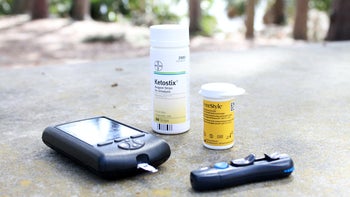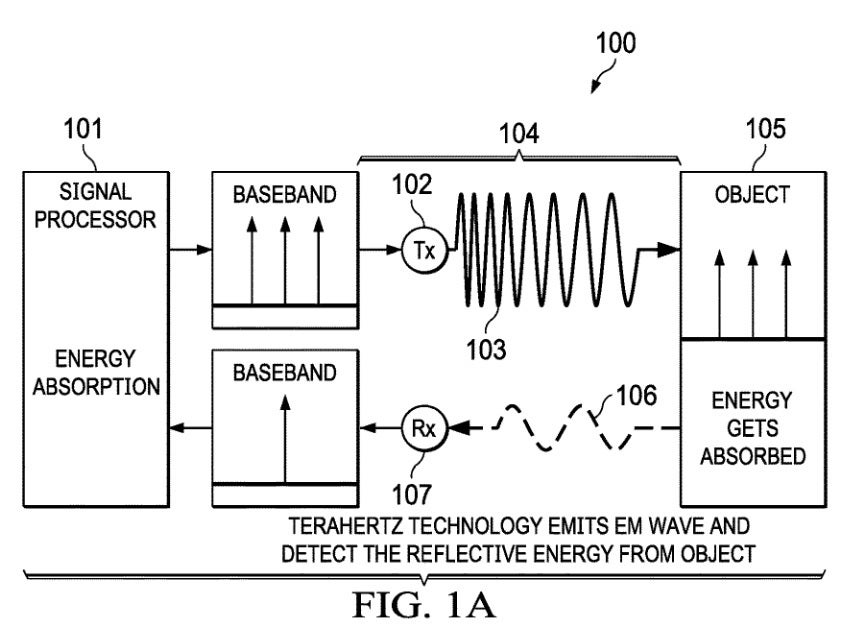Patent application shows how the Apple Watch could monitor blood glucose without drawing blood

We've already told you about the rumored new health-related feature reportedly coming to the Apple Watch Series 7 later this year. If the rumors pan out, the next version of the Apple Watch will be able to deliver blood glucose readings; this information is needed by insulin dependent diabetics to compute how much insulin they need to take before eating their next meal. This happens to be a very painful and expensive test since it requires diabetics to draw blood from their fingertips, put a sample of blood on a test strip (the strips are quite expensive) and insert it into a machine called a glucometer.
Apple seeks patent on technology that will be used to monitor Apple Watch users' blood sugar readings
If Apple can make the technology work, those with the Series 7 Apple Watch who are insulin dependent diabetics will be able to monitor their blood sugar without paying for the disposable test strips. More importantly, they won't have to feel the pain of pricking their finger with a little needle called a lancet. Since many diabetics don't like to go through the process of obtaining a reading, the new feature could lead to improved monitoring on the part of these patients and help them control their diabetes better. And the Apple Watch will eventually pay for itself since there are no more test strips to buy.

Illustration from Apple's patent application
So how does Apple plan on measuring a person's blood sugar level without drawing blood? A new patent application filed by Apple with the U.S. Patent and Trademark Office explains how. With the long-winded title "Terahertz Spectrosopy and Imaging In Dynamic Environments With Performance Enhancements using Ambient Sensors," Apple plans on using absorption spectroscopy to obtain non-invasive blood sugar readings. The goal is to use terahertz electromagnetic radiation instead of light passing through a user's body in order to detect "gas, health/quality of liquid or solid materials."
There are some issues. Apple adds, "Integrating a gas sensor on an electronic device requires an aperture or opening to allow air to flow onto the gas sensor so that the gas can be detected. "The opening used to allow air flow could lessen the device's protection from water. Also, the blood sugar reading has to be accurate. If it is off by even a small amount, the user could end up taking too much insulin and bring on a hypoglycemic or low blood sugar attack. This could make the user pass out. The system envisioned by Apple will be able to constantly monitor a diabetic's blood glucose levels, but not at the accuracy available to hospital patients. Bringing non-invasive blood glucose testing to the Apple Watch could also make the device's battery drain much faster than usual. For a blood glucose monitor to be available on the Apple Watch, the device will need to monitor more than just gas. But there is a question about whether the timepiece is large enough to fit all the necessary components. The price of the Apple Watch would also have to rise.
The technology discussed in the patent application could also be used to detect skin cancer and other skin problems. And while this all sounds quite grand, Apple has been working on non-invasive blood glucose testing for years and there is no sign that the company has actually started working on this technology at all. Still, the possible payoff would be huge for diabetics and for Apple. Especially considering the other potential diseases that could be detected with this technology.
Samsung is also rumored to be ready to include a non-invasive blood glucose monitor with its next smartwatch expected to be released later this year. It isn't known whether Sammy will be using the same technology as Apple for its system.










Things that are NOT allowed: